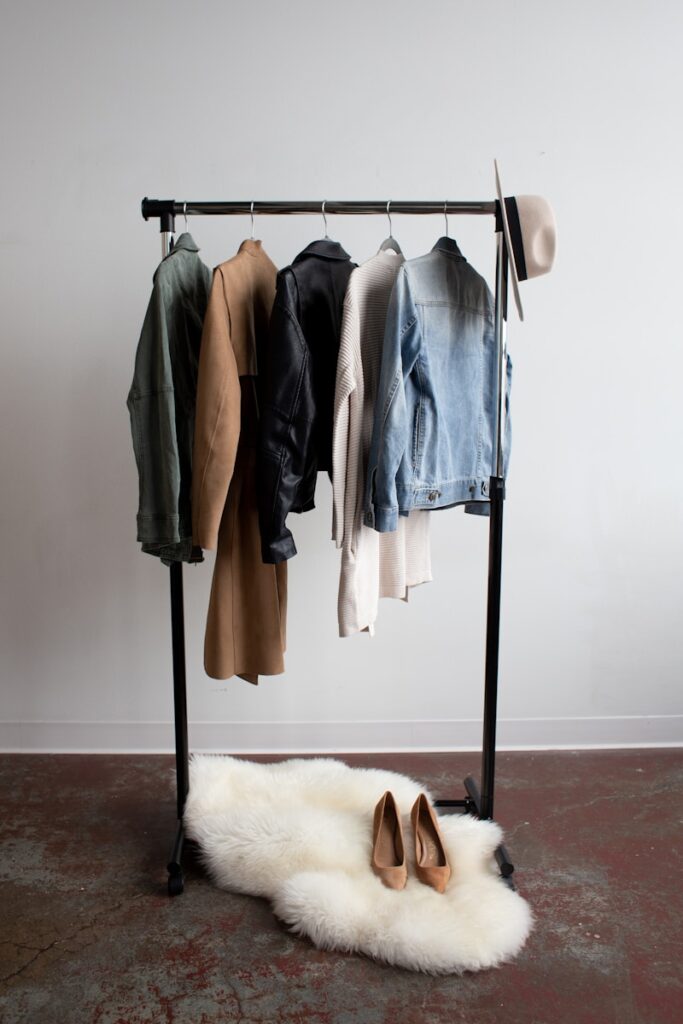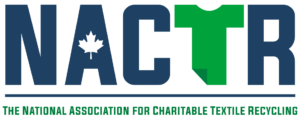Community
Toolkit
A Best Practices Toolkit for
Community-Led Textile Reuse
What is it?
Free markets are pop-up events run in strategic locations to ensure accessibility for community members who would otherwise have to commute to a donation drop-off. While they hold similarities with yard sales and giveaway events, free markets represent a distinctive reuse initiative because they happen at a central location and do not involve the exchange of money. These events are often volunteer-run by community organizations in association with charities or by municipalities.
- Environmental – Free markets and free stores create environmental benefits by providing an alternative to landfill and recycling by keeping reusable items in circulation.
- Social – Free market leftovers are often donated to charitable organizations, contributing to social benefit. Free markets can be fun and social events where participants may connect with neighbours and find new, local homes for their no longer needed items, encouraging community cohesion.
- Economic – They provide a low cost alternative to participants who can acquire new, reused things for free. Paired with other market events, such as local vendors, the event may attract customers in support of local businesses.
Value Proposition

How To Plan Your Own
1
Define the Purpose and Scope
- The goal of your free market could revolve around cultivating community connections, educating residents about options for reuse, diverting waste from the landfill, and providing free alternatives to buying new items.
- Specify what types of items are suitable for the free market and encourage contributions (e.g., clothing, books, household items).
2
Obtain Necessary Permissions
Check Local Regulations: Ensure compliance with any local regulations or permits required for hosting a public event.
Liability Considerations: Understand liability considerations and obtain any necessary insurance or waivers if applicable.
3
Determine Logistics (location, date, and time)
- Accessible Venue: Select a central and accessible location like a park, community center, or public square.
- Weather Considerations: If your event is planned to be outdoors, establish a backup plan in case of inclement weather, such as a covered area or an indoor venue.
- Community Availability: Choose a date and time that maximizes community participation. Weekends or evenings may work well.
4
Gather Support and Engage the Community
- Consider seeking municipal support
- Mobilize volunteers and engage local community groups. Collaboration can help in organizing, promoting, and running the event smoothly.
- Recruit volunteers: Enlist volunteers to help with event setup, item categorization, and crowd management.
- Consider additional features to support social and educational goals, such as repair workshops, skill-sharing sessions, or entertainment to engage participation.
5
Promote the Event
- Put up posters in various locations like apartment complexes, student dorms, and community centers.
- Use fliers, mass emails, and collaborate with community resources.
- Seek coverage from local media and community radio stations.
- Advertise pre-event drop-off location and time (if applicable)
6
Organize Collection Points (optional)
- Pre-event Drop-off Locations: Set up designated collection points for community members to contribute items before the event.
- Partner with Local Businesses: Collaborate with local businesses to serve as additional drop-off locations.
7
Connect with a NACTR member in advance for pick-up of leftover items
- Even a small clothing swap often results in numerous leftover garments, providing an excellent opportunity for donation to a charity collector. Contact a NACTR member in advance of the event to schedule a pickup of the remaining items, or locate the nearest NACTR member donation drop-off center and deliver the items during collection hours.
8
Establish and Communicate guidelines
- Encourage participants to bring items they want to share. This can include clothes, books, household items, or any other goods that are still in good condition.
- Clearly communicate the rules of the event, emphasizing the spirit of generosity and the absence of money transactions.
- Encourage attendees to take what they need and contribute what they can.
- Clarify that contributions are anonymous, not donations, and there is no end profit
- Optional: Some RRFMs use a stamp system to encourage contributions. Participants receive a stamp for bringing items, allowing them to take items freely.
9
Set Up the Free Market
- Organized Layout: Plan the layout of the free market area, ensuring items are categorized for easy browsing.
- Signage: Clearly label different sections and provide signage with event information.
- Assistance: Have volunteers available to assist attendees, answer questions, and maintain order.
10
Manage Left-overs
- Collaborate with local NACTR members to collect any unclaimed items after the event.
- Set up recycling bins for any damaged or unsuitable items to promote responsible disposal.
11
Clean up and Post-Event Evaluation
- Gather Feedback: Collect feedback from participants to understand what worked well and identify areas for improvement.
- Documentation: Document the success of the free market through photos and testimonials to share with the community and local media.
Roles for Local Governments and Community Organizations
Promote free market events to increase awareness and show municipal support.
Provide space in community parks or halls for organizations to host events.
Provide funding opportunities to organisations operating free market events.
Develop programs for free market events that could be taken on by organizations.
Organize and operate municipal free markets.
Implementation Challenges and Potential Solutions
Residents may be unaware of what is accepted, reducing the potential items diverted from landfill. Provide educational information about the full range of household items and textiles that can be donated e.g,. yes, socks with holes in them!
Acquiring a centrally located space to host an event can be a challenge for community organizations. Free market events often run on the weekend for the highest foot traffic, but find themselves competing with paid rentals. Storage space to hold items is also a challenge for pop-up events. These are challenges that municipalities could alleviate by providing access to community space. Prioritizing walkable, urban areas or town centres allow people to walk to them easily and provide reuse options for residents who may not have yards better suited for yard/garage sales.
Some items may not be taken home by others. Select a verified charitable organization, such as a NACTR member, to donate items collected to maximize charitable benefits.
Funding and resourcing can challenge the capacity of free markets, particularly if they become popular. Encourage established non-profits and/or local governments, alone or in partnerships, to run pop-up free markets. This will ensure sufficient resources and capacity to run a successful market.
Residents may be unaware of what is accepted, reducing the potential items diverted from landfill. Provide educational information about the full range of household items and textiles that can be donated e.g,. yes, socks with holes in them!
Examples
Learn from Experiences
ReMarkets (St Lawrence, Roncy) (ON). Pop up event that takes in textiles (even socks with holes) as well as household appliances and books. This event makes reuse more accessible to the community who cannot necessarily drive to charity drop-off locations. A main challenge is having a space and funding to run the event. Runs on volunteer staff – volunteers have priority over claiming items.
Squamish Reuse-It Fair (BC). Previously run by Squamish Climate Action Network (CAN) (until 2020) and now they are run by the District of Squamish with Squamish CAN supporting. The Re-Use-It Fair accepts donations of household goods and clothing in good condition or in need of minor repair. At the Re-Use-It event, these items can be taken home for free. No data is available on metrics/scale/donations.
City of Vancouver Free Swap events (BC). This example welcomed residents to bring 4-5 small items, including books, clothing and accessories, toys, electronics, art, household goods, and music, for exchange. Participants could take as many items as they liked and leftover items were collected by The Salvation Army.
Resources
- Rabble, Free Market Guide
- LifeSpin, Free Store Guidelines

